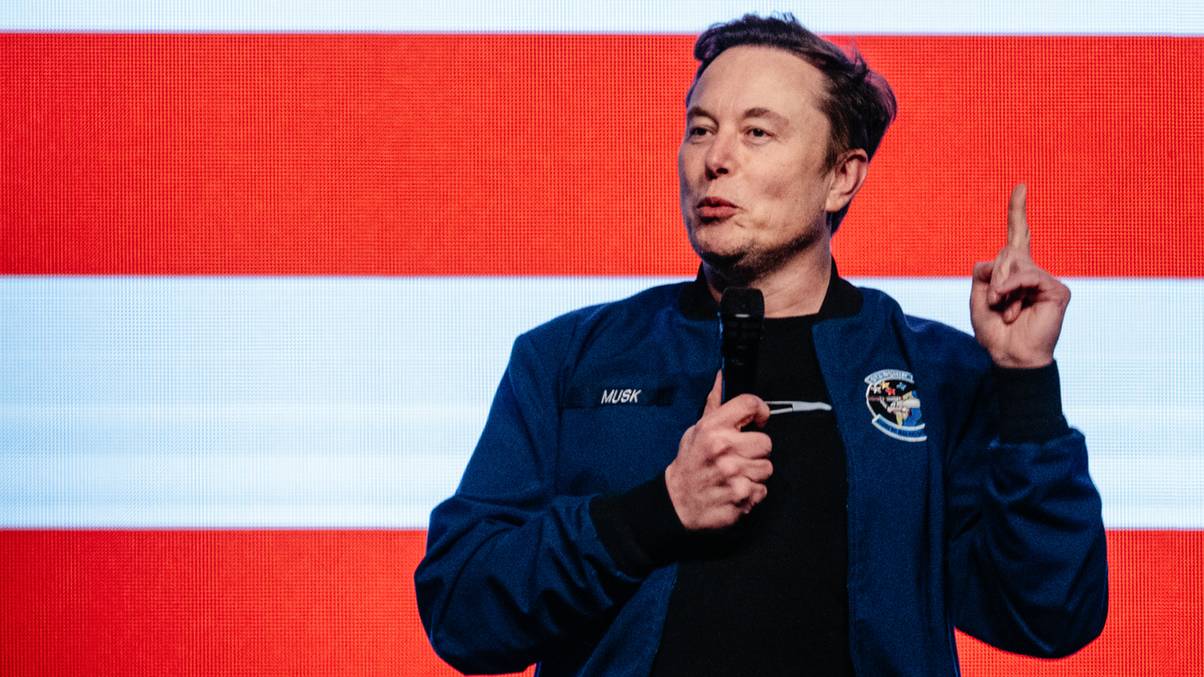“Gravity-Defying Dilemmas: The Ingenious Solutions Astronauts Use to Conquer the Ultimate Space Challenge!”
Prior to the Space Race, little thought was given to how future astronauts would relieve themselves during missions. The first system for collecting urine during long flights was developed in 1955 for pilots of the Lockheed U2 spy plane, who, flying at altitudes in excess of 21,000 metres, had to wear partial-pressure suits in order to survive. This system took the form of an in-dwelling catheter, a small plastic tube threaded up the pilot’s urethra into their bladder which automatically siphoned urine through a hose into a collection bag. As you can imagine, this system was extremely uncomfortable and decidedly less than popular with pilots. It also ran the risk of irritating or damaging the urethra walls and causing urinary tract infections. Later, an external system was developed that used a condom-like latex sleeve that rolled over the pilot’s penis. But while significantly more comfortable than the catheter, this Urine Collection Device or UCD was not without its problems. Indeed, in a 2010 survey of U2 pilots based at Beale Air Force Base in California, 60% of respondents reported problems with their UCDs, including poor fit, leakage, and skin irritation from prolonged contact with urine.
Furthermore, due to the extreme secrecy within the CIA – which operated the U2 – external UCD technology was not shared with NASA. And while in 1957 a group of British inventors patented a similar device for use with pressure suits “or equipment whose position or body harness makes normal urination highly inconvenient or impossible” which diverted urine into a bag of absorbent material, this design does not appear to have reached NASA planners either.












